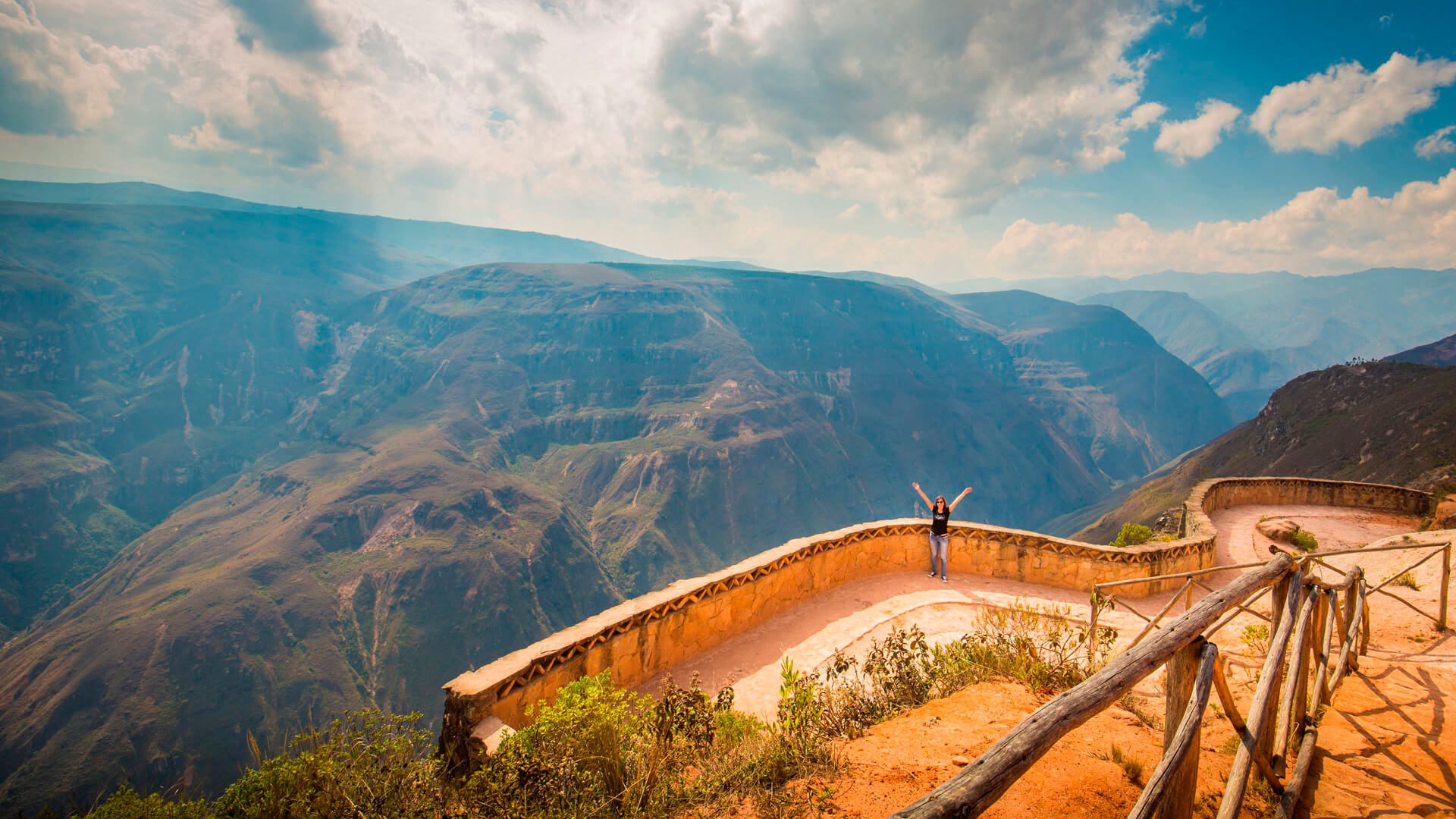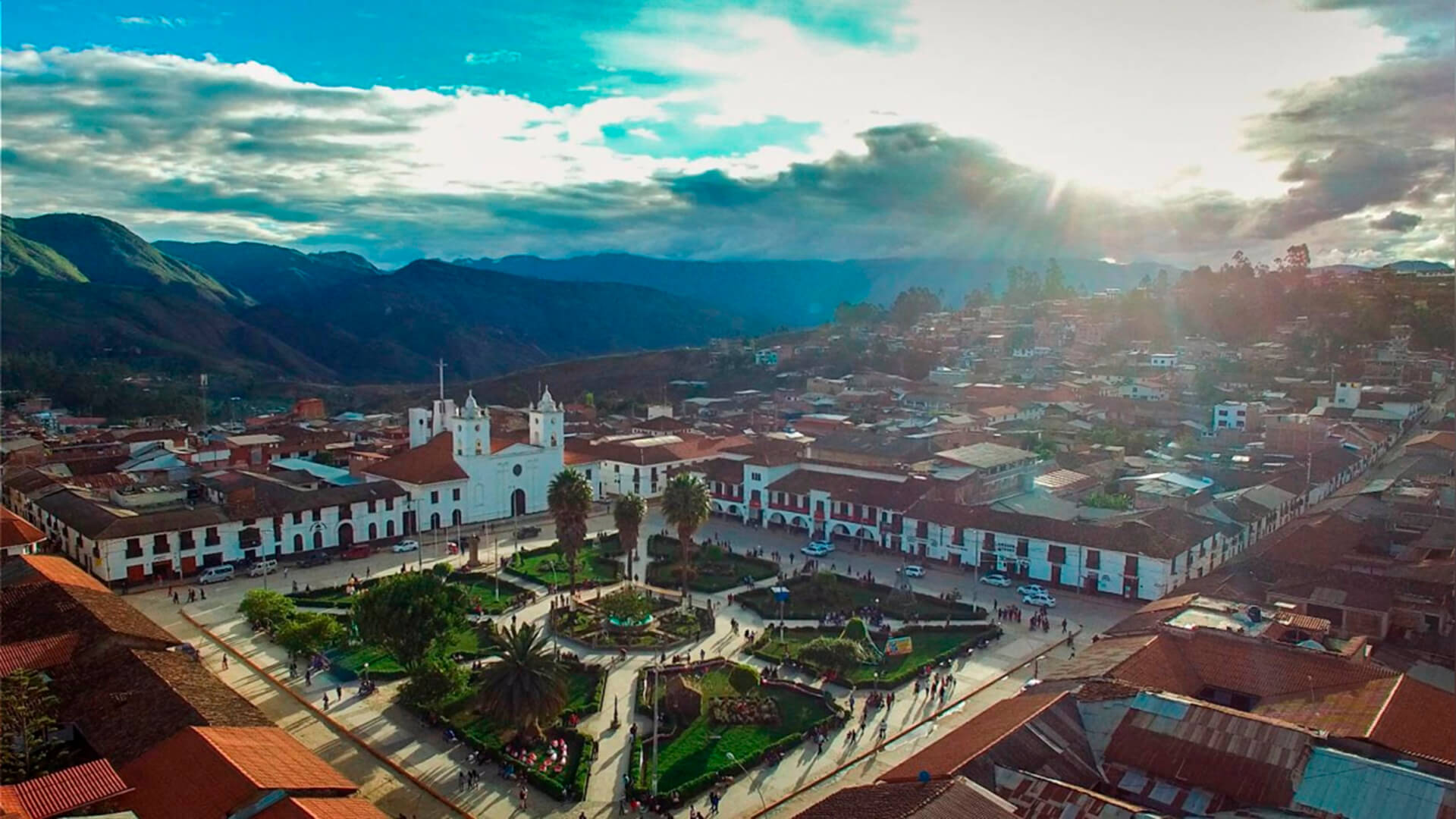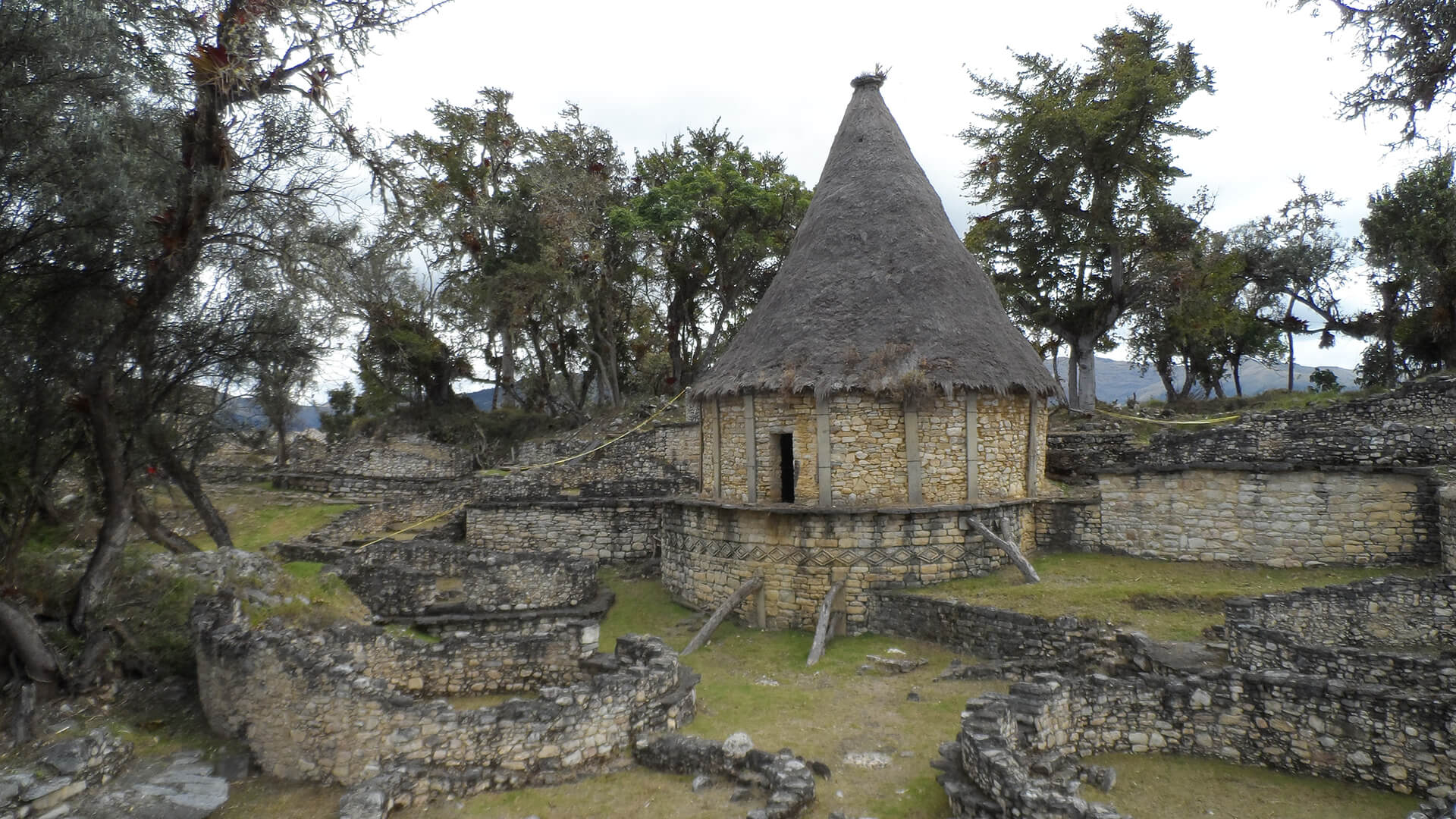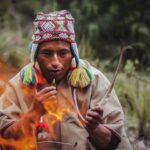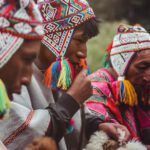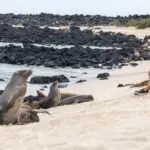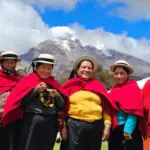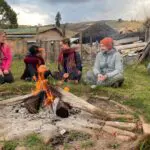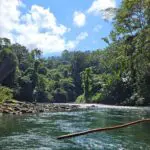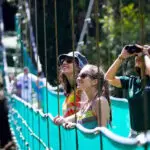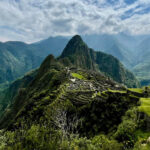This northern land shows a different side of Peru. It´s a land shaped by different forces. Other rivers and another culture, the Chachapoya (pre-Incan and also during Inca times) gave shape to this rugged territory and the other way around. The result is an incomparable destination, very much untouched. Inform yourself well about this stunning region, by continue reading our Travel Guide to Chachapoyas.
In this blog, we will mainly describe the attractions located along the Utcubamba river. Chachapoyas itself, the capital of the Amazonas Department, can be seen more like the base where you can start your trip or have a stop in between different visits. What´s more interesting are the small cities, towns, and villages that you can visit in the surroundings. The fun part is that this region has something for everyone: Nature, Living Culture, Archaeology, Community-based tourism. It really gives you the opportunity to have an off-the-beaten-path adventure.
Take your time
Visiting this destination requires time, but the rewards are well worth it. You definitely won´t feel like you are wasting time, as exploring Chachapoyas really is unique and diverse. The weather is kind (except when the rainy season is at its peak) and the elevation is variable but very manageable.
Read on if you want to get ready for your trip to Chachapoyas. When time, you can also have a look at our blogs Best Time To Travel To Peru and What To Pack For Your Trip To Peru. Chachapoyas lays partially in the mountains and in the jungle, so these tips are well worth it when it comes to this destination!
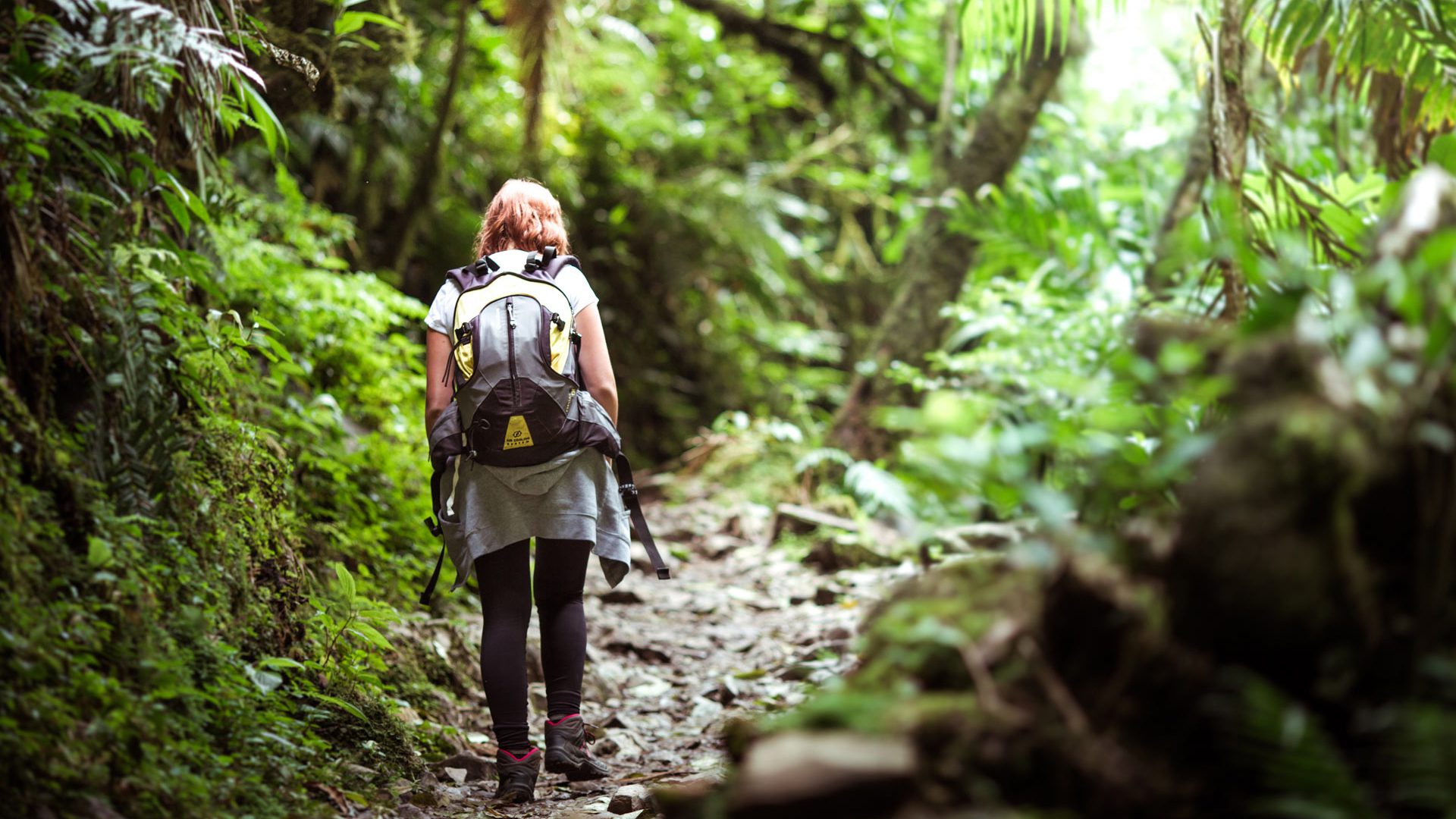
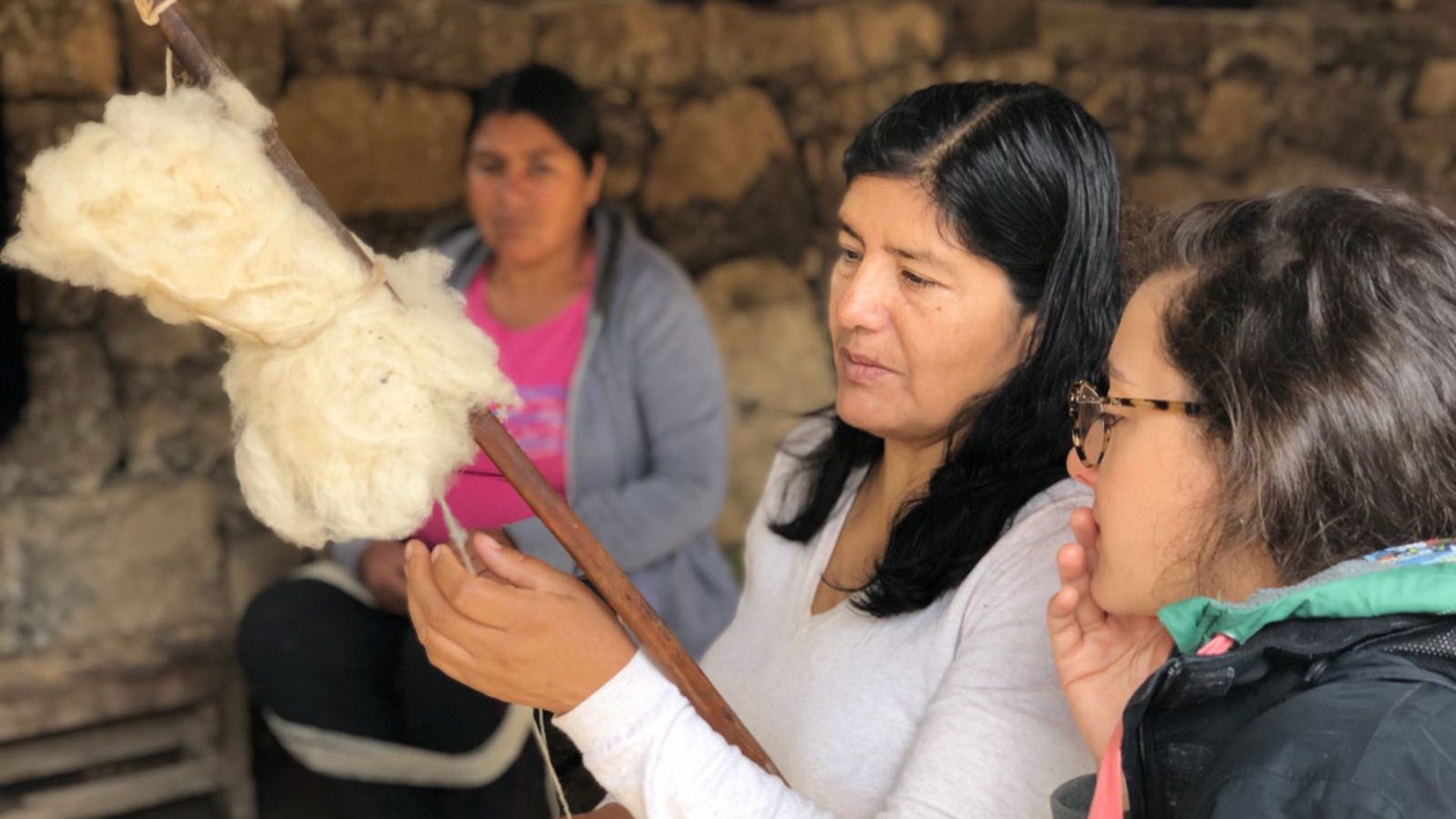
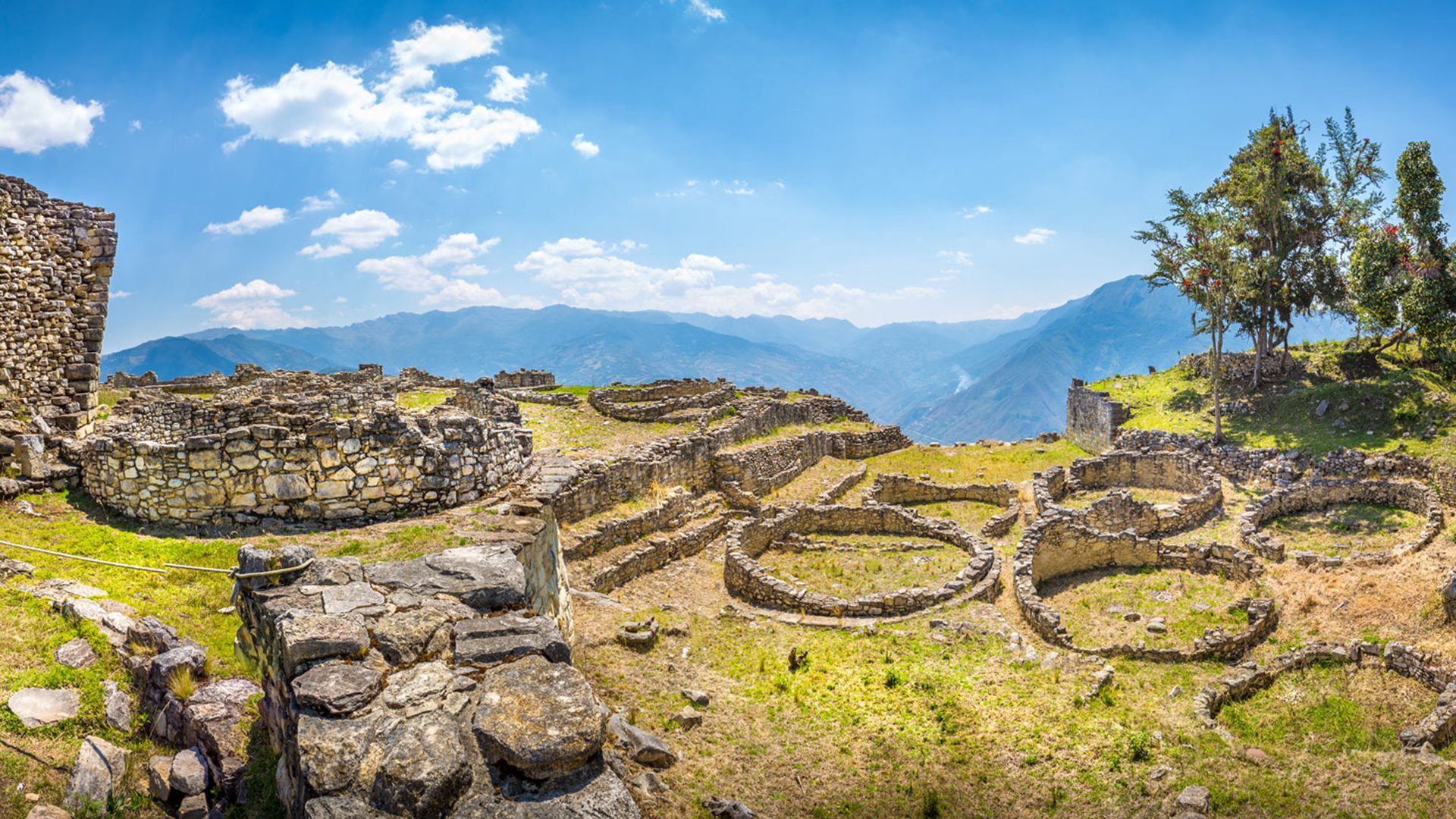
What we recommend for you when traveling in Chachapoyas
Our first recommendation is to travel slowly. We believe that this is quite important in this region, so we have actually written a whole article about Chachapoyas, The Muse Of The North, that gives you an example of a recommended itinerary. The surroundings of Chachapoyas require you to move a lot by car because there are long distances to cover. But the mountainous geography will slow the pace. So, relax and enjoy the views.
Kuelap
Archaeologically speaking, Kuelap (3000 m / below 10.000 ft) is the most popular Chachapoya ruin (1000 to 1400 BC) to visit. This so-called “fortress” is a huge complex of walled buildings on top of a mountain. Sounds familiar? Well, this pre-Incan structure, has never gotten as much attention as its famous counterpart of the South, Machu Picchu. Even today, it is very pleasant to visit this site, as there are no crowds. By the way, you can arrive at the ruins by taking a cable car, enjoying fantastic views of the landscape.
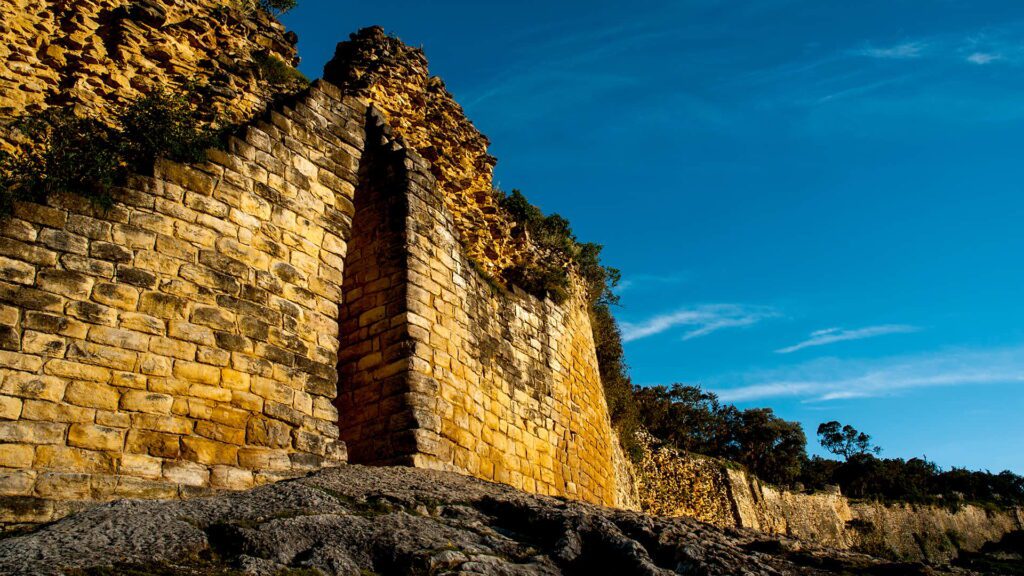
Kuelap and its state of emergency
Kuelap, the primary archaeological site of the Chachapoyas, has been declared in a state of emergency following the collapse of a section of its perimetral wall in July 2022. As a result, public access to the interior of the complex is restricted, and visitors are only permitted to approach the site from a significant distance. However, we would like to offer an alternative by recommending a visit to Yálape, a recently cleared site that is now open to visitors. While Yálape shares certain architectural features with Kuelap, it is important to note that it cannot be compared directly to its counterpart and serves solely as an example of the Chachapoyas’ civil engineering prowess.
Yálape is located approximately 14 km away from Kuelap in a straight line. If you decide to visit it, kindly note that it would be necessary to revise your itinerary accordingly. Please indicate your preference in the booking notes section, or feel free to reach out to us with any inquiries. We would be delighted to provide you with an updated itinerary.
The Karajía sarcophagi
The second most popular attraction here is the Karajia sarcophagi. This has two reasons. First, it is relatively easily accessible going on a car ride followed by a low-mid difficulty hike (around the altitude of 2700 m / 8850 feet). Second, it offers really interesting views of human-shaped burials placed on the rocks.
The Revash mausoleums, for their part, resemble little houses and the Diablo Wasi is quite interesting to visit as well. However, the latter is a bit more complicated to reach.
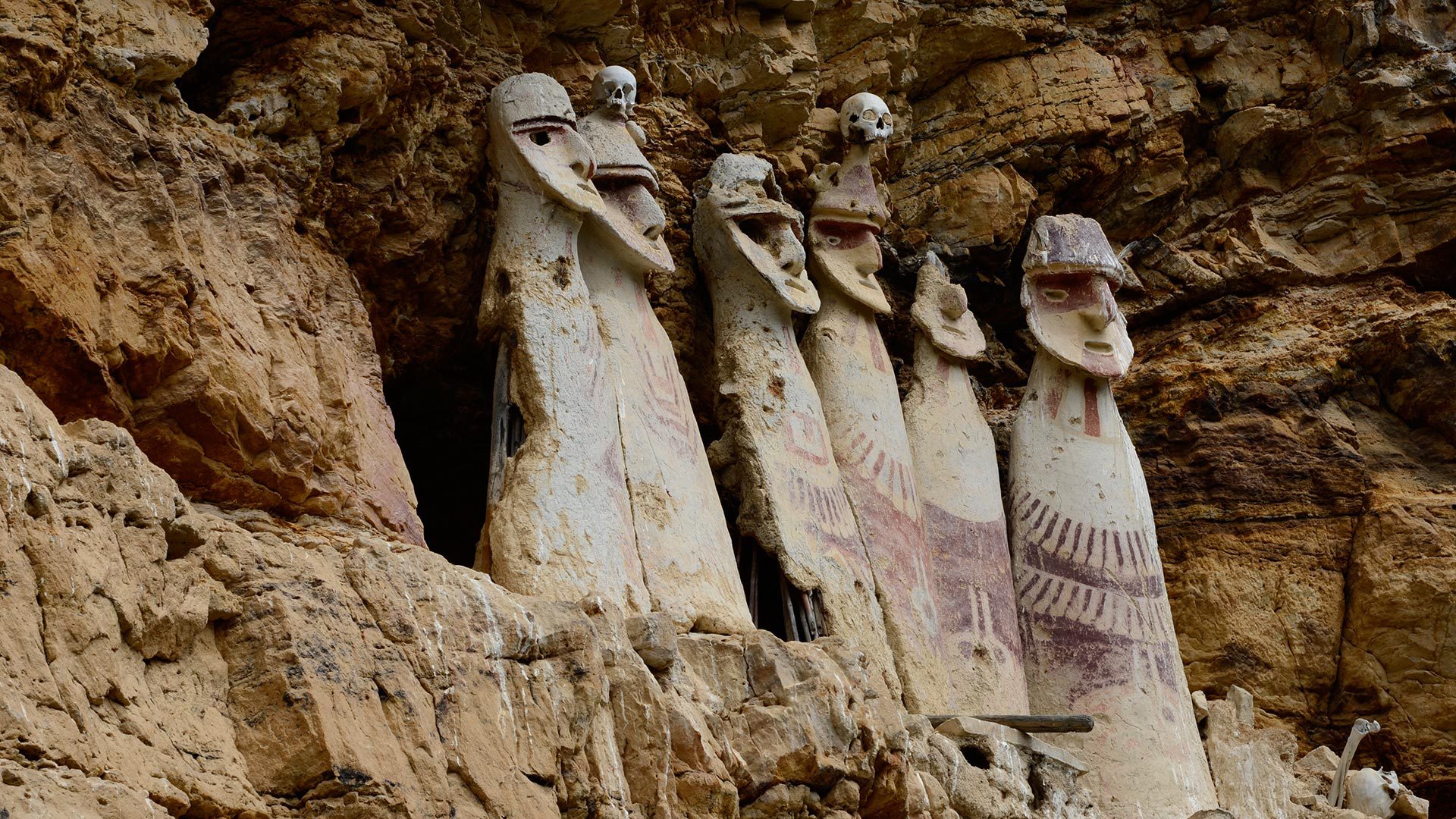
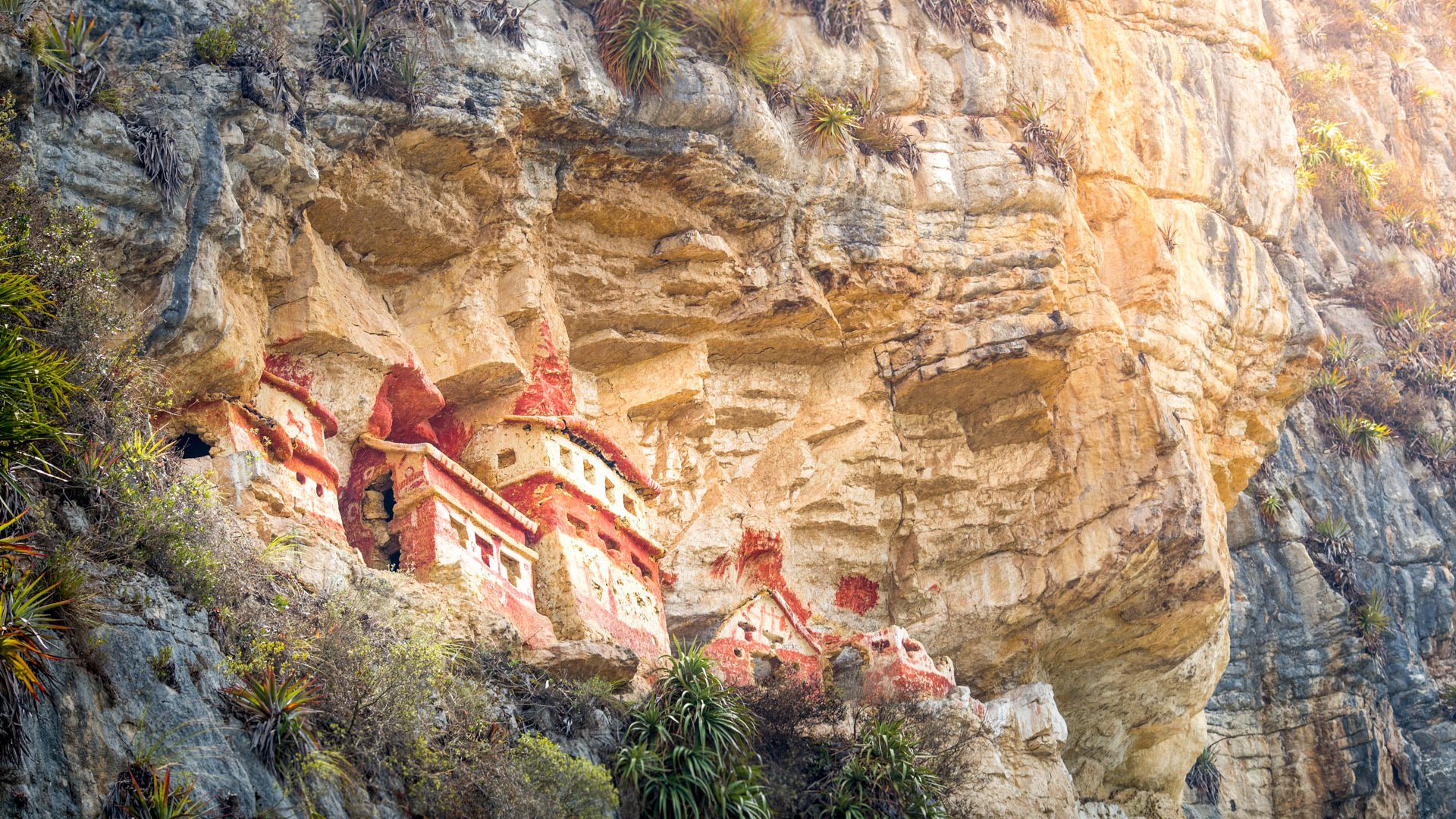
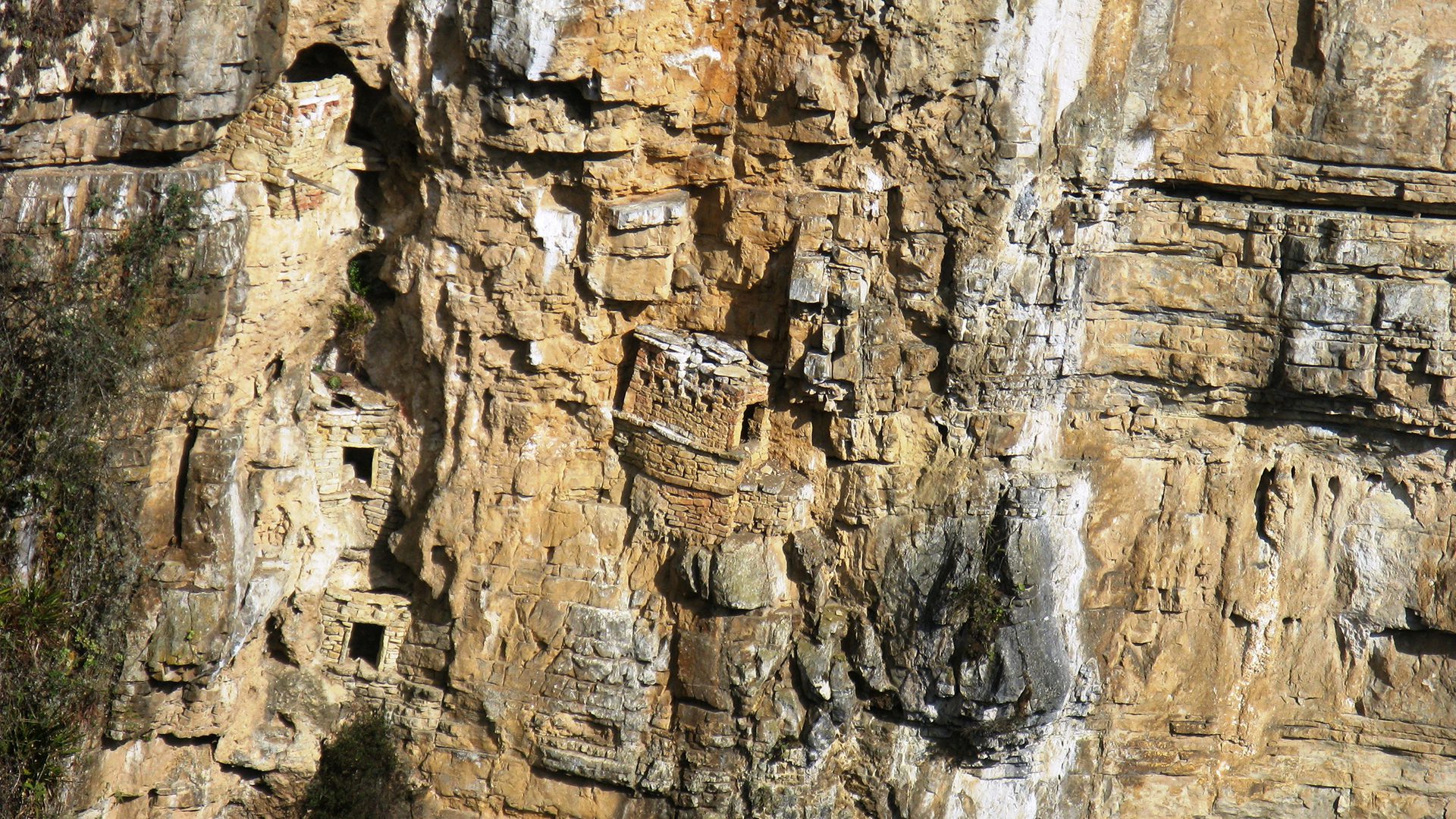
The Gocta waterfall
In terms of natural attractions, Gocta is the queen of the waterfalls of the region. It may not be the tallest (that is Yumbilla) but its proximity and beauty make it popular. The location is convenient, just a few hours away from the main road that connects most of the other highlights. It is even visible from the car if the conditions are right (clear day in the rainy season). Catching a glimpse already from afar is a great motivation for the hike that follows. Gocta displays two waterfalls that sum up 771 m (2500 feet) of altitude, and there is more than one way to reach them.
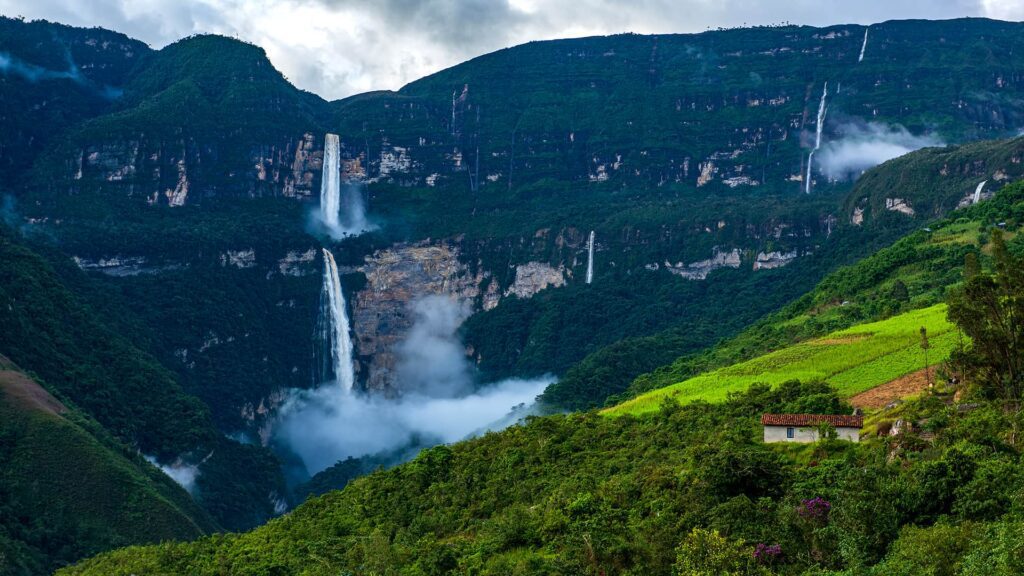
Chachapoyas city and Leymebamba, Peru
Chachapoyas city is charming, very walkable, full of beautiful houses with balconies (many of them transformed into hotels) restaurants, and cozy cafes. You will rarely arrive directly to Chachapoyas because direct flights are not so convenient, and because we like to arrange things differently. So to make it worth it, you might want to visit the city long enough to get to know it. The same goes for its immediate surroundings (like the pottery town of Huancas, and the magnificent lookouts of the Sonche’s Canyon and Huanca Urco).
Then there is Leymebamba, one of those smaller cities that are simply a must. Leymebamba is popular for a museum that holds hundreds of real mummies from the Chachapoya culture. They were found in an almost at the Laguna de los Cóndores or Condors’ lagoon (check out our Horseback Riding to the Condors’ Lagoon). But Leymebamba is also a hub for incredible treks, and for authentic contact opportunities with local people, artisans, and host families owning simple but beautiful lodges.
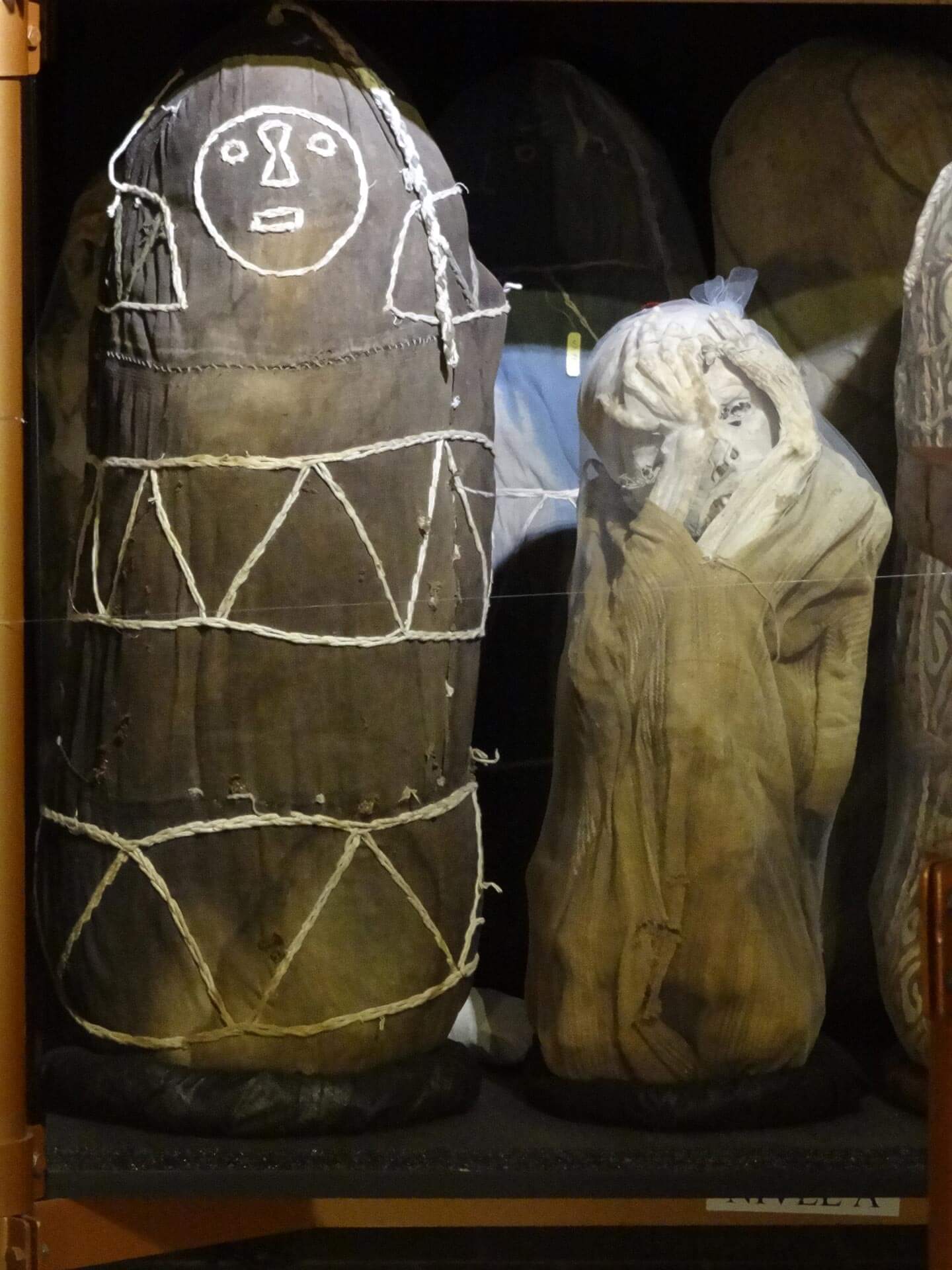
Recommended reading: 6 Ways to Spend a Free Day in Leymebamba, Northern Peru
Milpuj
In terms of doing what we like most, getting in contact with local people is always possible. Close to Kuelap we recommend stopping and staying with Perico, who decided to return to their little piece of land, Milpuj, to do something marvelous. We won’t tell you a lot more, but just to give you an idea: you will taste honey from Perico’s beehives and maybe some eggs from their free-range hens, you will certainly plant a tree (yours forever), and smell the fragrance of many many flowers. If you´re lucky enough, you might even spot animals like a deer, or even an Andean bear!
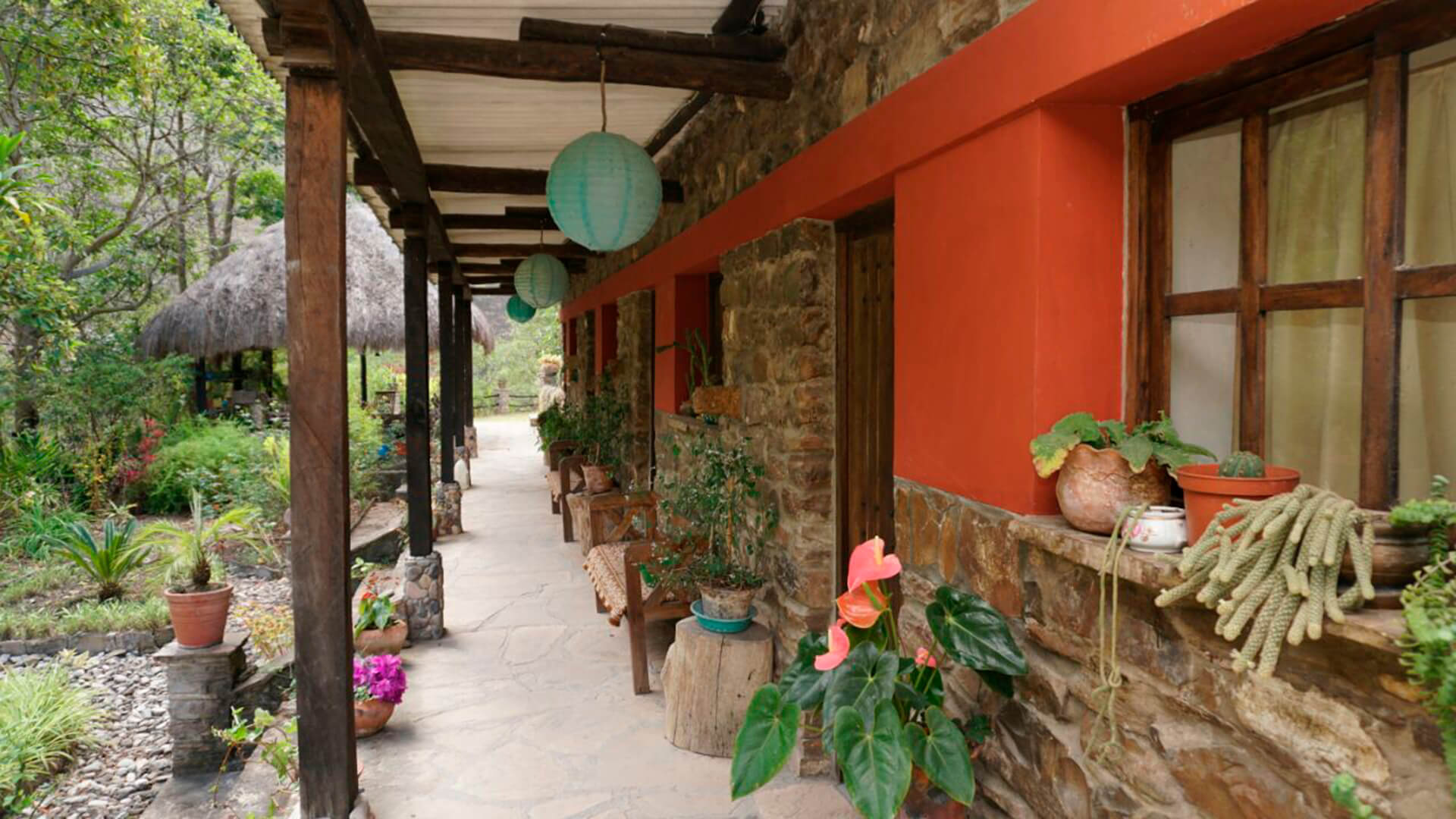
Walking to Cocachimba
On the way to the Gocta waterfall, you can pass by the two participating communities of the circuit, San Pablo de Valera and Cocachimba. Starting in San Pablo and hiring one of its guides services, you will walk the way to the first waterfall (the upper one of 220m / 720 feet) before taking the trail that connects with the second one (the lower one of 500 m / 1640 feet). Another guide from Cocachimba will then continue walking with you might even provide the possibility of a horse ride back to town (for the excursionists that ask for it). There are lodges of different categories and charm in both communities, as well as interesting projects of conservation and environmental education.
In Leymebamba you will meet the artisans that work the textiles and wood; people like Norma and Isabel, and Miguel Huamán. In Huancas the women have expert hands to shape the clay. All of these people are keepers of the traditional crafts of the region.
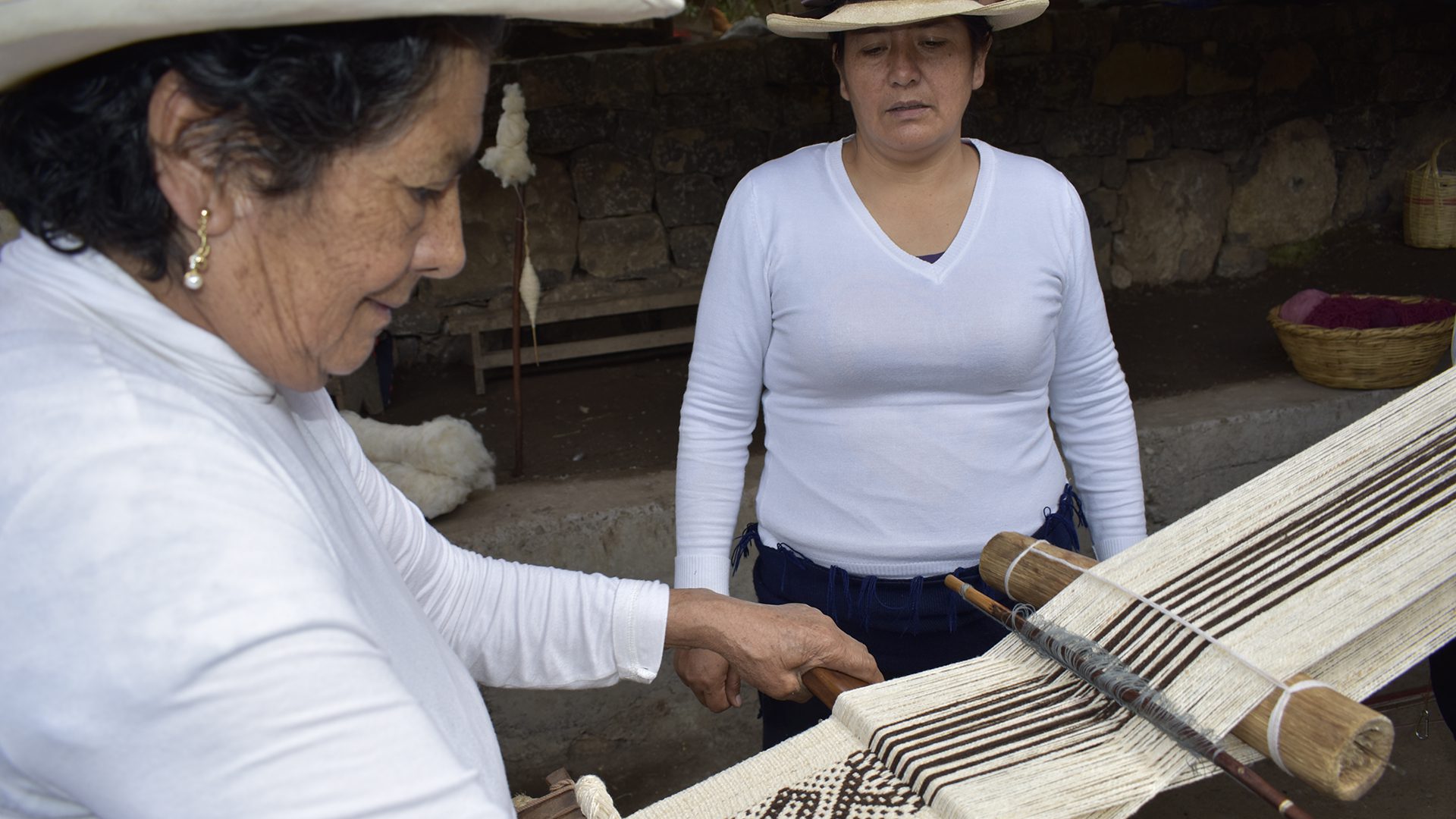
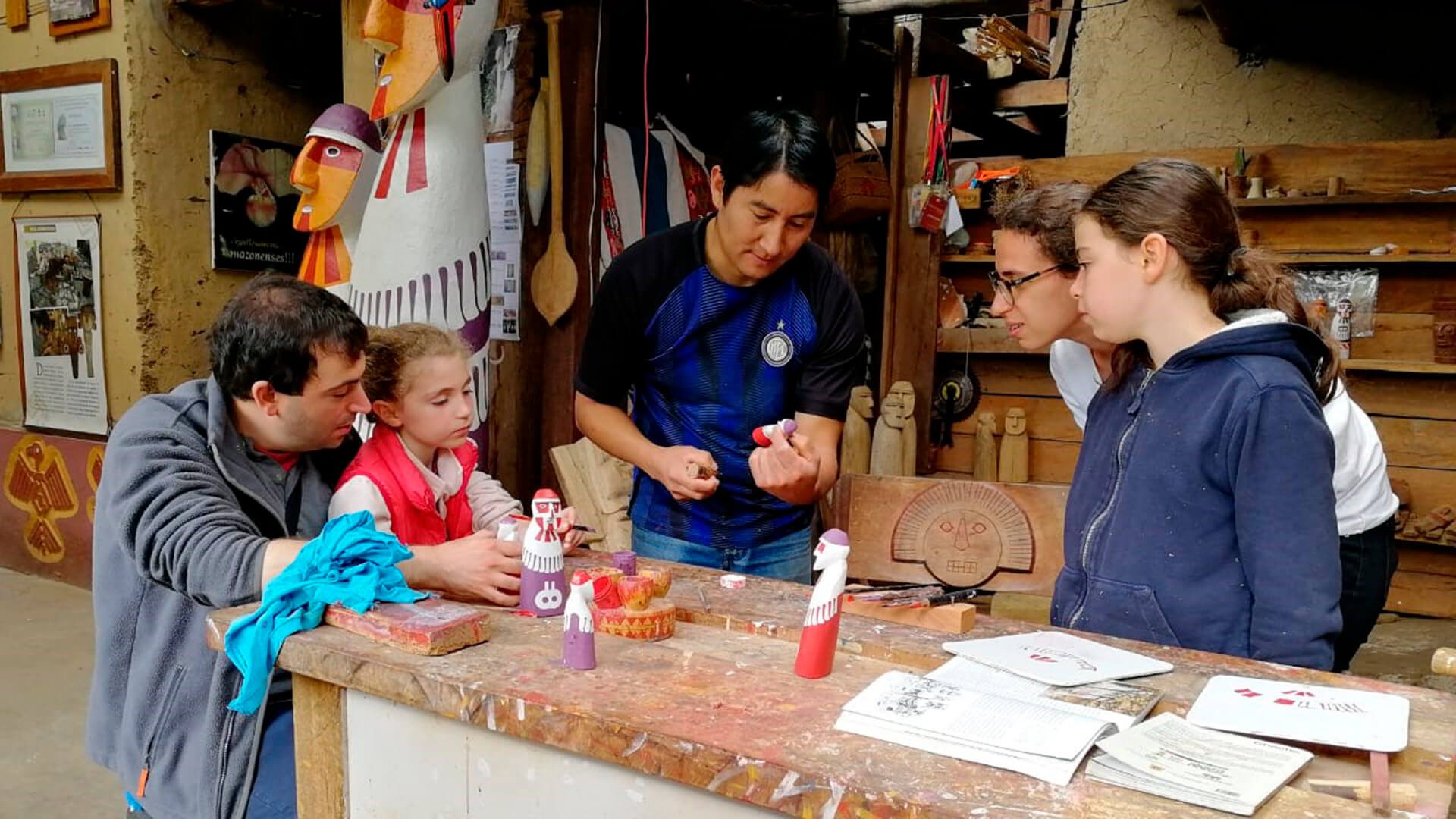
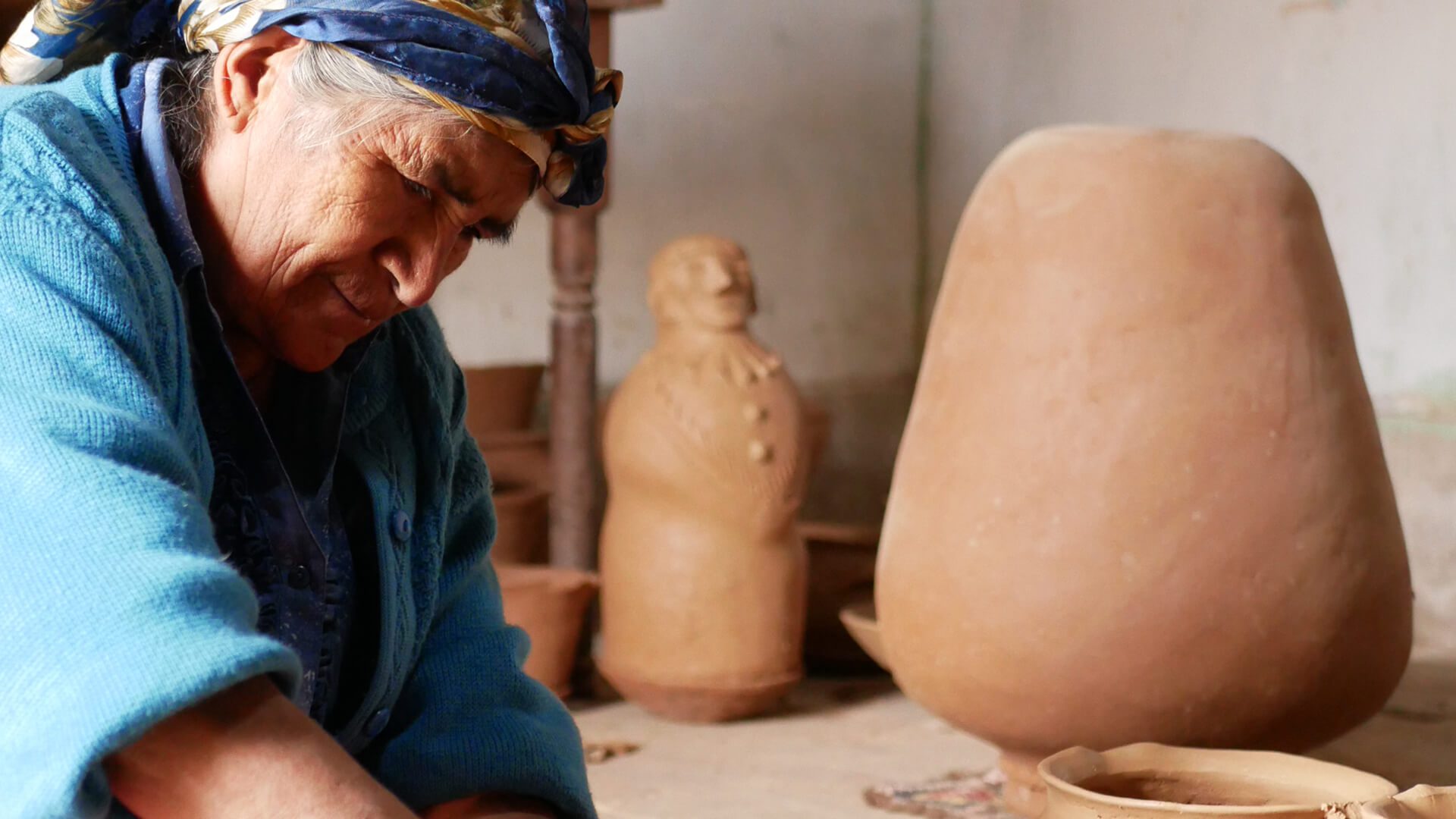
Sharing with locals
If you dare to do the Lagoon of the Condors excursion, you will spend memorable convivial moments with local guides, camp and stay at a shack of Peruvian cowboys and watch how local meals are cooked. If this is what you´d like to do, have a look at our tour Searching For The Lost Kingdom Of Chachapoyas. You can also make use of our Custom Itineraries Service if you want us to help you with your travel planning.
How Chachapoyas connects to other destinations
Chachapoyas is not necessarily known for its connectivity, but in the country of surprises, we are proud to have very creative options to combine your trip with other destinations in the north of Peru.
Cajamarca is a great option, where you will get to see less well-known cultures and places.
Our favorite idea, however, is connecting with the Moche Route, where sites of other pre-Inca cultures can be found. This is another great Slow Travel option not to be missed.
Finally, you could continue your trip to the east, heading towards the jungles of Moyobamba and Tarapoto. These are off the beaten path options that we love for two reasons: they boost the economy of these regions, while at the same time providing you with a rainforest experience away from the most visited jungle destinations of Peru.
Consider the easy way
If you prefer real experts to plan your itinerary for you, consider taking a look at our Custom Itineraries Section. We have more than a decade of experience in tailor-making unique travel experiences throughout our beautiful country. We’ll do all the work for you and all that is left for you to do is relax and look forward to your dream trip to Peru!
Gallery
